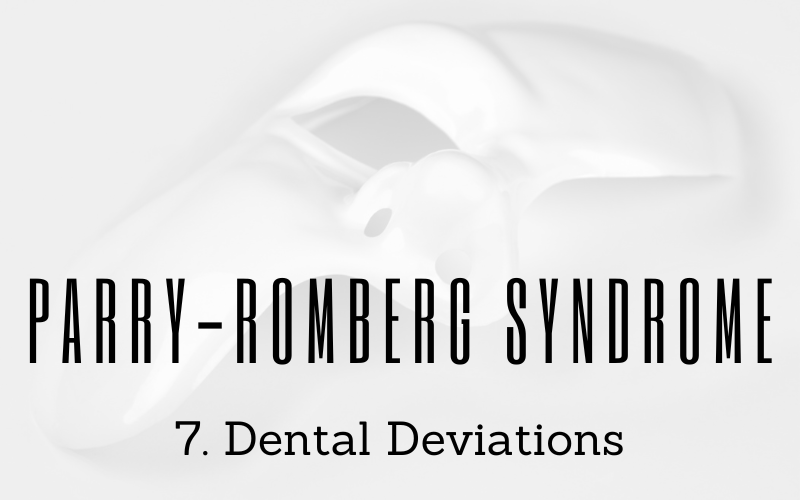7. Dental Deviations: More Than Just a Misaligned Smile

Behind that radiant smile could be a tale of dental disturbances caused by Parry-Romberg Syndrome. Dental deviations, as innocuous as they might sound, are one of the lesser-known symptoms, yet they carry a profound impact on the life of the affected.
For starters, PRS can lead to a tilted dental midline. This means the line dividing the left and right side of your dental arc could be askew. It’s not a minor cosmetic issue; this can have functional implications. Chewing food or even speaking can become a challenge, adding a daily layer of adversity.
PRS also has a mysterious relationship with the roots of teeth. Some patients experience shorter tooth roots, a phenomenon that can be both baffling and worrisome. With shortened roots, teeth lose their anchor, becoming more susceptible to various dental complications.
To add another layer of intrigue, the dental arch on the affected side might become narrower. Think of it as a shrinking platform for teeth, leading to overcrowded or misaligned pearly whites. But here’s a twist: while the dental deviations are visible and often uncomfortable, they might not always align with the severity of facial asymmetry.
The dental disturbances aren’t just about how one chews or smiles. They can significantly alter facial aesthetics. The jawline can become uneven, and the chin might lean to one side, creating a ripple effect of changes that cascade down from the eyes to the neckline.
What’s astonishing is how these dental deviations can become pronounced even before the other symptoms make their grand appearance. For some, it’s the mouth that tells the initial story of Parry-Romberg Syndrome, a tale written in the language of twisted teeth and misaligned jaws. (7)